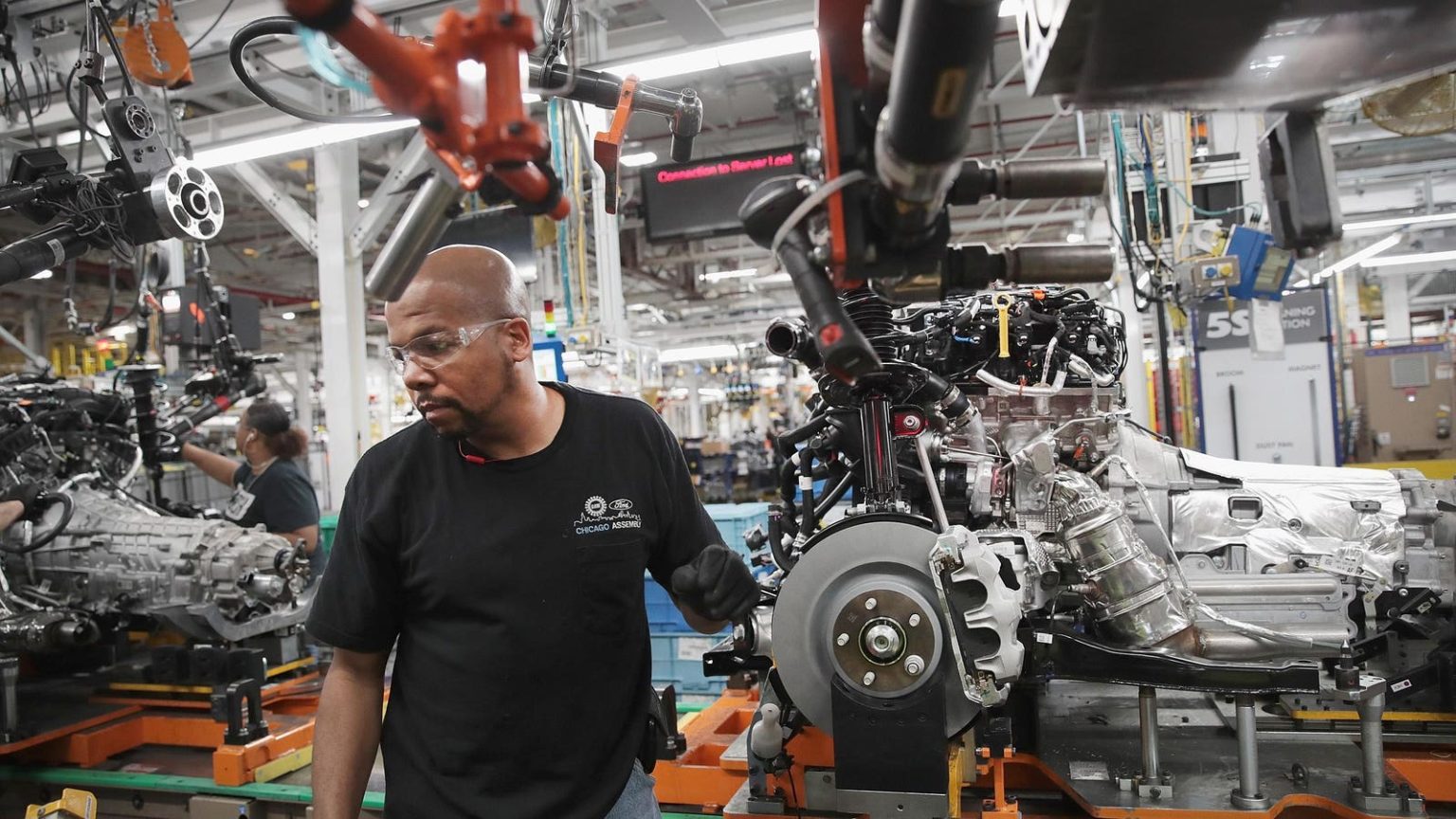(Ed. note: This is the third story in a series aimed at helping manufacturers successfully manage today’s multi-generational workplace.)
When it comes to the four generations in the manufacturing workplace, Gen X might be the least-discussed. I guess that shouldn’t be a surprise since they’re often called the forgotten generation.
We talk about Gen Z as the future—that crucial cohort of young talent we must attract to rewire a broken talent pipeline. Millennials—myself included—are considered a very big reason our workplace cultures are so dynamically changing shape. And Baby Boomers are so key to the shifting demographic of the workforce; long a staple on our shop floors, lately they’ve been finding the audacity to take their well-deserved retirement.
But what about Gen X? A group of 43 to 58-year-olds, the generation currently has a stronghold on manufacturing leadership. They tend to be, in my qualitative assessment, a very no-nonsense group. Can that jive with the push for a culture of flexibility and balance, a couple of factors on which younger generations place a significant emphasis?
“I think the leadership styles and the perceptions are starting to change from the leader that charged the wall—old school, no infallibility—to now, people are OK with asking for help,” says Matt Mazzella, the 41-year-old president of Mazzella Companies, which makes products for the lifting and rigging industries. “Leaders are putting an emphasis on working together collaboratively.”
Building Culture. Staying True.
Mazzella, however, does not necessarily view workplace culture the way some people in younger generations do. There has been a push, for instance, toward part-time work with flexible schedules. But Mazzella maintains that his company wants folks who fit their well-established ethos. Since Jim Mazzella, Matt’s grandfather, started the company in 1954, they’ve hired people who are “humble, hungry, and smart”—with smart referring less to pure intelligence and more to self-awareness and willingness to seek out the right conversations. Those were the criteria put in place by Mazzella’s grandfather and passed down through the generations.
“Having that as our guiding light allows us to really be able to mitigate some of the stuff you hear out there, like, ‘Hey, I only work part-time,’” Mazzella says. “We do hear that from people, and we kindly move on.”
That said, once Mazzella makes a hire, the company invests significant time into understanding the employee’s goals and bringing them along. That includes regular check-ins to provide good and—Mazzella emphasizes—accurate feedback, particularly in the context of where they’d like their career to go. No beating around the bush. “If they don’t have a career path and don’t know what they can achieve or what they need to work on, it’s going to be tough to get there,” Mazzella says.
Talk. Listen. Understand.
Mazzella touches on a piece of the equation that is too often forgotten. That is, the part where employer and employee discuss the employee’s aspirations—whether inside the company or beyond. That can be the key between who shows up each day to work—a self-motivated individual grounded in a belief that what they’re doing connects to their broader career and life goals or, well, a grump. Sometimes attitude is as much a factor of circumstance as anything, and people who feel they’re in a dead-end job may find it difficult to bring positive energy to their work.
It’s this sort of communication that Leslie Yerkes, a long-time consultant to manufacturers and other companies, finds is the most important thing managers can do, whether they’re working with Gen X, Gen Z, or anyone else. And she goes a step further to say it’s not just about direct communication between elder leadership and younger employees—it’s also vital that leadership facilitates and encourages discussion between colleagues at the same level of the organization.
“The disconnects between generations—80 percent of it is communication,” she says.
Yerkes, who teaches a course on managing different generations at Case Western Reserve University, says there is often more that connects people across the generations than divides them. But it’s the differences that, if left to fester, can cause deep conflicts that plummet productivity.
Conflict on its face is not necessarily a bad thing, as long as there’s a commitment from all parties to work through it. “If we just hang our hats that there is storming among generations, we’re making no effort to resolve the communication differences,” she says. “So put them in mixed teams, but also know they’re going to go through a cycle of form, storm, norm, perform. Be prepared to facilitate those transitions and use the strengths of all team members.”
The process, she says, ends up paying off in the end.
“The homogenous groups are easier to manage, because we think we know what they want and need,” she says. “The heterogeneous groups need more process time and facilitation. But the heterogenous groups outperform the homogeneous groups—who can fall into the trap of groupthink.”
The Strengths of a Four-Generation Workplace
Mazzella’s grandfather had a favorite saying that he repeated to young Mazzella many times through the years: “You’re either moving forward or backward—there’s no such thing as standing still.”
That has inspired Mazzella to continue pushing his company toward innovation, and that means exploring new technology to help them along their path.
But it’s also a phrase that can define how we approach this multi-generational workforce. Being stagnate means allowing stereotypes and surface-level differences to win out, ultimately taking your culture in the wrong direction. But an intentional approach to opening lines of communication and working through conflict can propel a business to new heights.
For the foreseeable future, it’ll be Gen X leaders pushing that change at so many manufacturers across the country. Mazzella is one of them, and he’s optimistic we can overcome our differences to build cultures that can simultaneously attract young talent and keep older folks happy and motivated.
“We have to get out in front of this,” Mazzella says, “and continue to invest and go down new paths to attract people who are inspired to make more and better products—whatever those may be.”
Read the full article here





